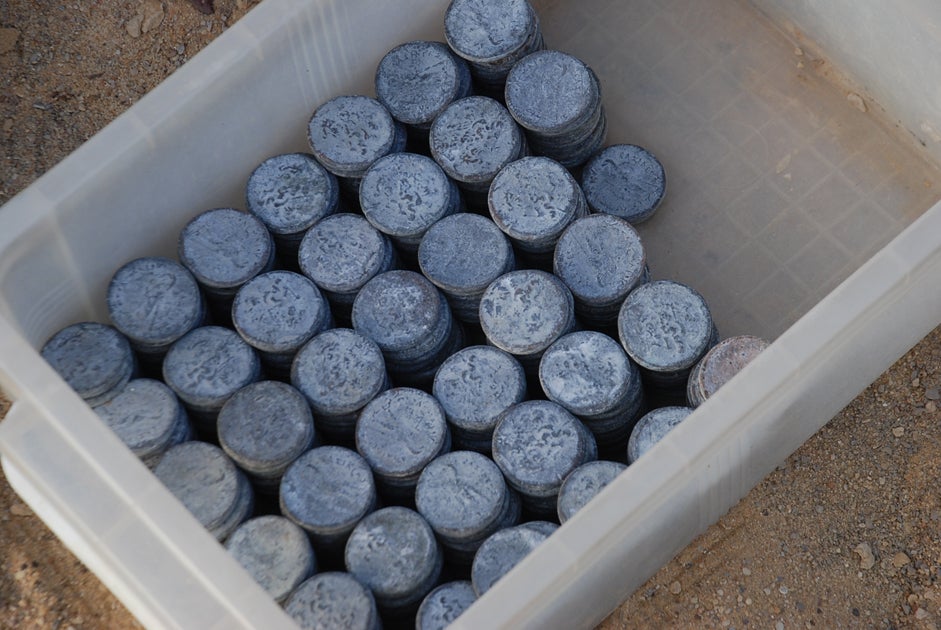Your support helps us to tell the story
From reproductive rights to climate change to Big Tech, The Independent is on the ground when the story is developing. Whether it's investigating the financials of Elon Musk's pro-Trump PAC or producing our latest documentary, 'The A Word', which shines a light on the American women fighting for reproductive rights, we know how important it is to parse out the facts from the messaging.
At such a critical moment in US history, we need reporters on the ground. Your donation allows us to keep sending journalists to speak to both sides of the story.
The Independent is trusted by Americans across the entire political spectrum. And unlike many other quality news outlets, we choose not to lock Americans out of our reporting and analysis with paywalls. We believe quality journalism should be available to everyone, paid for by those who can afford it.
Your support makes all the difference.Egyptian Minister of Culture Farouk Hosni announced today the discovery of 383 coins from the Ptolemaic period in the Fayum, or Faiyum, Oasis. Prehistoric jewellery made from ostrich eggs, and a skeleton of a 42-million-year-old whale were also unearthed.
According to the statement released by the SCA (Supreme Council of Antiquities) the coinage, very well preserved and dating to the reign of King Ptolemy III (243 to 222BC), was discovered during routine excavations north of Lake Quarun.
Dr. Zahi Hawass, Secretary General of the SCA, said that the 383 coins are fashioned out of bronze and have a weight of 32 grams each. They are decorated on one side with a scene depicting the god Amon-Zeus (Amon was identified by the Greeks as a form of Zeus), with two horns and a cobra. The other side of the coin is decorated with a falcon standing on a wooden branch. Underneath, 'King Ptolemy' is written in Greek.
The excavation – spanning an area of 1 x 7 km - also uncovered antiquities that can be dated to several historical eras, from the prehistoric to the Ottoman period. Three prehistoric necklaces made of ostrich eggs were discovered, as well as a Kohl container and two decorated rings from the Ottoman period.
Khaled Saad, director of the Prehistoric Department of the SCA, asserted that the ostrich egg necklaces, which date back to the fourth millennium BC, are unique. The technique used to create the jewellery has never been seen before in prehistoric necklaces. Earlier this year, inscribed 60,000-year-old ostrich eggs were found in Blombos Cave in South Africa, revealing that Stone Age man developed ‘symbolic thinking’ much earlier than previously thought.
Even older is the skeleton of a whale unearthed at the site, which dates back 42 million years. These prehistoric items will go on display in the planned site museum.
More images of the Fayum Finds
Garry Shaw Travels to the ‘Valley of the Whales’ in the Fayum Oasis
Ostrich Egg Shells Discovered in South Africa Could be Earliest Evidence of Human Language

Join our commenting forum
Join thought-provoking conversations, follow other Independent readers and see their replies
Comments